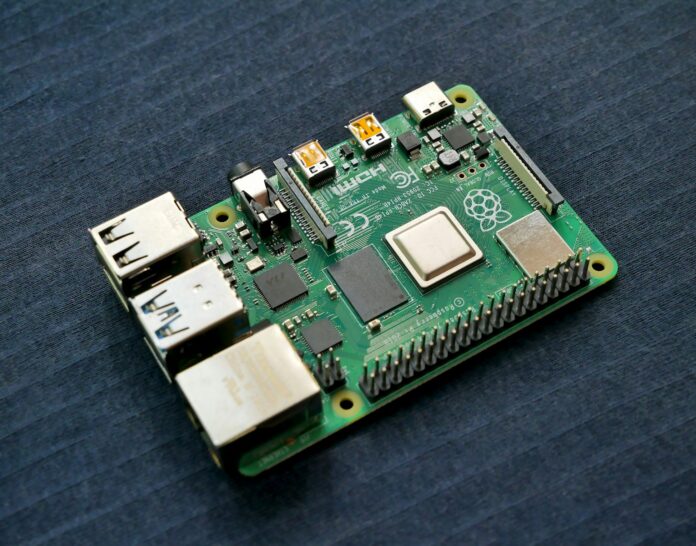Key Takeaways:
- Through-hole soldering is tough, even for big companies like Raspberry Pi.
- Raspberry Pi boards mix surface-mount devices and through-hole parts.
- The GPIO header and ports need strong solder joints.
- Early Raspberry Pi boards were soldered by hand, then by robots.
Through-Hole Soldering: A Challenge Even for Raspberry Pi
If you’re struggling with through-hole soldering at home, you’re not alone. Even Raspberry Pi, a company that’s made over 60 million products, found it tricky. Their journey with soldering can give us hope and tips for our own projects.
What Is Through-Hole Soldering?
Through-hole soldering is a way to connect electronic parts to a circuit board. You poke wires through holes in the board and solder them in place. It’s strong and reliable, but it’s not always easy.
Why Surface-Mount Devices (SMDs) Are Different
Most modern electronics use surface-mount devices (SMDs). These tiny parts are soldered directly onto the board without wires. They’re great for small chips and save space. But for bigger parts or things that need to withstand rough handling, through-hole soldering is still the best choice.
Raspberry Pi’s Mix of SMDs and Through-Hole Parts
Raspberry Pi boards use both SMDs and through-hole parts. For example, the 40-pin GPIO header and ports like Ethernet and USB are soldered through-hole. These parts need strong solder joints that SMD tools can’t provide.
The Early Days of Raspberry Pi Soldering
In the early days, Raspberry Pi soldered these parts by hand. Later, robots took over, placing the parts and soldering them in a process called wave soldering. This made the boards more consistent and reliable.
Why Through-Hole Soldering Matters
Through-hole soldering is important for parts that need to handle stress, like being plugged in and out often. Solder joints need to be strong to prevent breaking or loosening over time.
Tips for Through-Hole Soldering at Home
- Use the Right Tools: A good soldering iron and flux can make a big difference.
- Practice Makes Perfect: Don’t get discouraged if it’s hard at first. Keep trying!
- Watch Tutorials: Videos can show you the best techniques and common mistakes.
- Start Small: Begin with simple projects to build your skills.
The Future of Soldering
As electronics get smaller, SMDs are becoming more common. But through-hole soldering still has its place, especially for parts that need strength and reliability.
Conclusion
Through-hole soldering is a skill worth learning, even if it’s tough. Companies like Raspberry Pi show that practice and patience lead to success. Whether you’re making a DIY project or building a Raspberry Pi, soldering is a skill that will serve you well.

